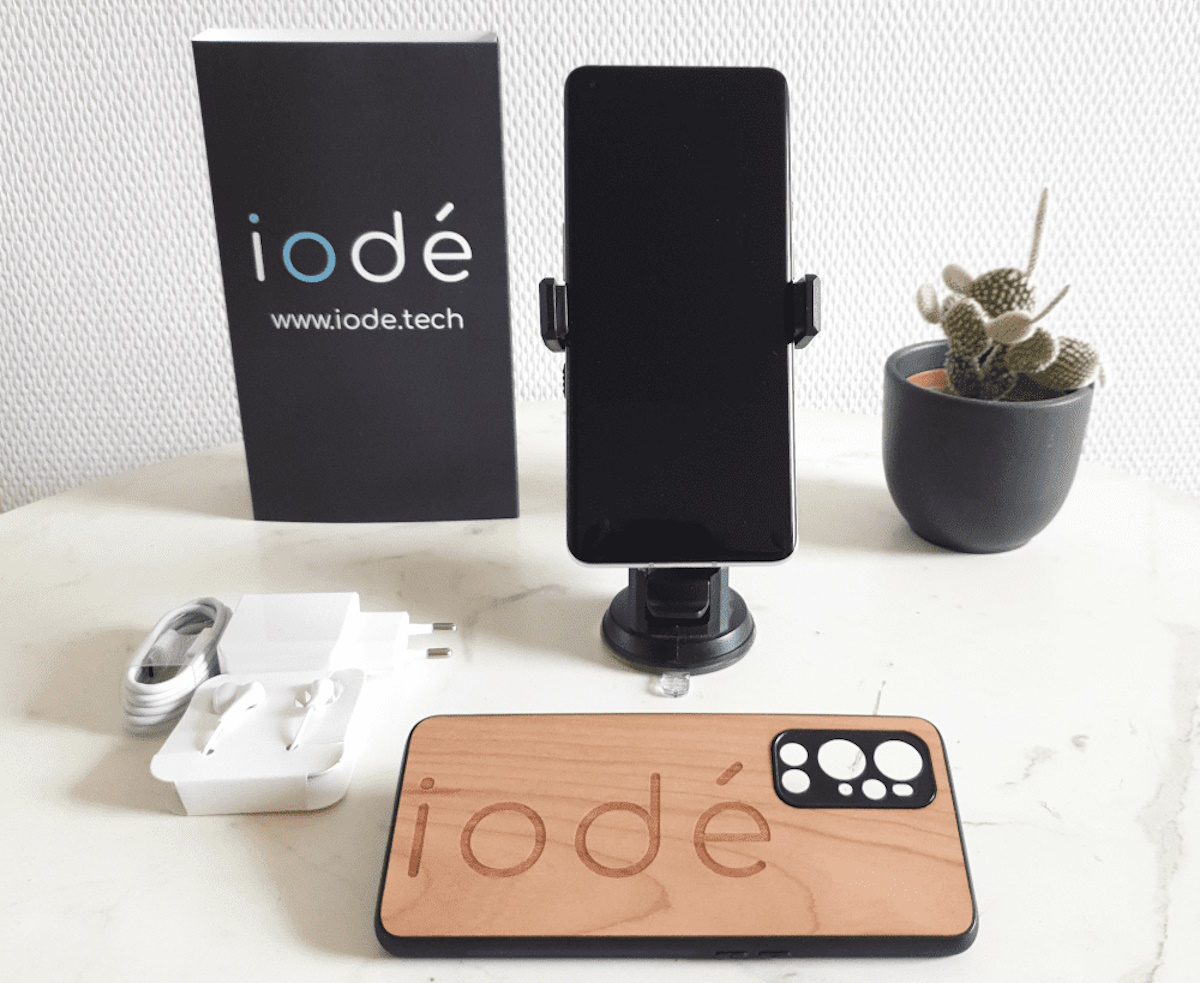Anki Aniki: Learn all Kanji for the Japanese Language Proficience Test (JLPT)

It can be quite difficult to learn Japanese if you are only used to languages that make use of the Latin alphabet. While there is Romaji, a romanization of Japanese that does away with logographic characters, you won't get far without learning Hiragana and Katakana (syllabaries) and then Kanji as well.
It is relatively easy to memorize the Hiragana and Katakana systems, each offering 48 characters in total, but Kanji is a totally different beast as it consists of thousands of logographic characters that you need to memorize.
To succeed in the Japanese Language Proficiency Test (JLPT), you have to memorize 1990 Kanji. Five levels of the test are available ranging from N5 (understand some basic Japanese) to N1 (understand Japanese in a variety of circumstances).
Update: The reviewed application is no longer available. You can check out comparable applications like Japanese Anki Flashcards or Drops: Learn Japanese language, kanji and hiragana which assist you in learning Japanese vocabulary. End
Apps like Anki Aniki can help you significantly in the memorization as they can make use of advanced learning methods such as the Space Repetition System.
The application displays a wizard on first start that walks you through the features that it offers as well as prerequisites. Since Romaji is not provided in the app, it is necessary that you understand Hiragana before you start to learn Kanji as you won't get far without.
The learning technology used by Anki Aniki is Space Repetition System which has been designed to help you memorize Kanji on a long-term level.
You learn between 5 and 20 Kanji per day (based on your preference) that you will be quizzed on (in addition to the Kanji that you learned before). Kanji that you cannot identify correctly will be displayed more often to you in the quiz, while correctly identified Kanji will be displayed less frequently instead.
You can start learning all Kanji required for the JLPT, or learn the ones required for a single level or levels instead. If you are an absolute beginner, you may want to start with N5 level Kanji until you have memorized those. Once you have done that, you can enable N4 to start learning those Kanji as well.
The quiz itself is a multiple choice quiz where a Kanji is displayed on the screen and you are asked to select the correct reading from four available options. At other times, you may be presented with the English reading and need to pick the corresponding Kanji instead.
Anki Aniki is a useful learning tool for students of the Japanese language who are starting to learn Kanji or know some Kanji already. It is also an excellent way to learn for the Japanese Language Proficiency Test.



























There is so much potential for this app, but at the current moment, it makes no distinction between on’yomi and kun’yomi. Ideally, it should render the on’yomi readings in katakana and the kun’yomi readings in hiragana as convention.